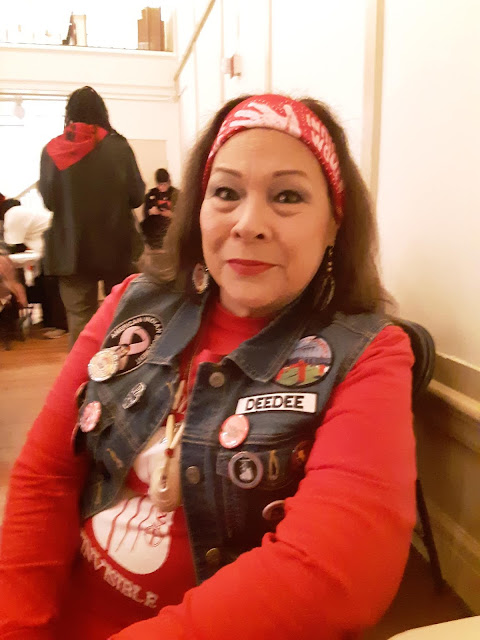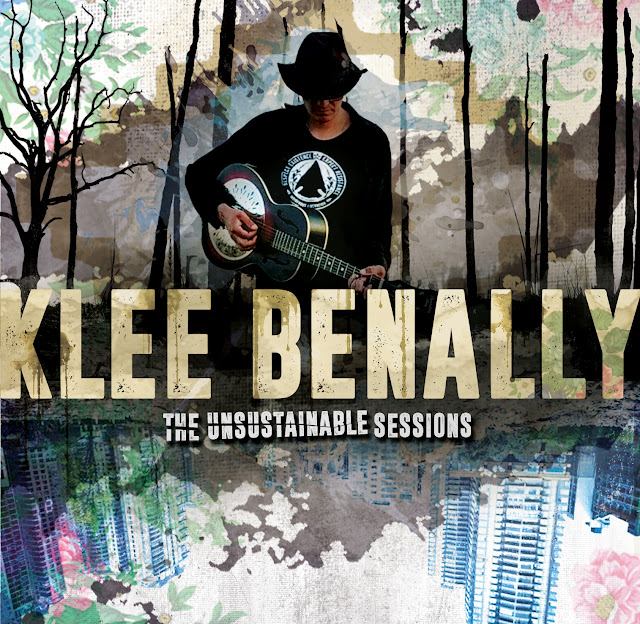Allen said they were happy to go to the trading post and buy canned food and ready-made bread because it was time-consuming to cook foods. But then they found out that sickness came with those store-bought foods, including allergies.
Navajo elder Howard McKinley, who lived to be nearly 100 years old, recalled how corn pollen was used in ceremonies and corn silk was used for healing teas. Navajo women sang corn grinding songs as they ground corn on grinding stones. Parched corn was ground together with pinons for nut butter similar to peanut butter.
McKinley remembered picking wild yucca bananas and wild potatoes. He remembered how blocks of frozen water from Blue Canyon were carried in wagons and stored as chunks of ice for summer months in the cut-stone houses near his home in Tse Ho Tso (Meadow between the rocks) known as Fort Defiance, Arizona.
“People wouldn’t be getting cancer today if they were still eating the wild foods,” McKinley said. He served as a tribal councilman most of his life and traveled with Annie Wauneka, who became a legend, encouraging Navajos to adopt safer health practices in the fight against tuberculosis.
When McKinley saw Navajo elderly being served corn dogs on a napkin, he helped revolutionize Navajo food programs in the mid-20th century.
It was called “the corn dog harvest” in Washington.
McKinley, a storyteller, received a master’s degree and always walked long distances. While sharing stories on the front porch of his home from the early 1980s to the late 1990s with me, he credited his long life to walking and laughter.
McKinley remembered Mr. Shinn, a Norweigian who left bouquets of flowers on his doorsteps at 3:00 in the mornings at the Meadow Between the Rocks, Tse Ho Tso. Mr. Shinn would make candy by tossing orange peels and peanuts into bubbling syrup and keep those hard candies in his pockets for kids.
Living the good life, McKinley said, is like the tiny seed that takes root in the rock. Eventually, it grows, and the tiny plant slowly begins to crack the rock. No one has to do any blasting.
Katherine Arviso, director of Navajo Food and Nutrition, led the scientific study of traditional foods, which revealed the secrets of ancient Navajo foods. Among those, the ash made from burning juniper needles, cooked in blue cornmeal mush, is an amazing source of calcium and minerals.
Blue cornmeal mush with juniper ash (Taa niil) has 802 mg of calcium in one cup, compared to 2.4 mg of the same amount without ash (Toshchiin.) Minerals were also found in Navajo edible white clay, grey clay, tumbleweed ash and Zuni Lake salt.
The study showed that ash was superior to baking soda in boiled hominy corn. The ash added calcium and Vitamin A, while the baking soda added sodium which can increase hypertension.
Dried foods, stored for winter, were analyzed including dried yellow squash and zucchini squash and watermelon, good sources of vitamins and minerals. The study revealed high sources of protein and iron in mutton blood sausage, liver and heart.
Traditional Navajo “creamer” made from ground corn offered protein, fiber, calcium, magnesium and iron. Wild greens were very high in Vitamin A. One-half cup of Navajo spinach “waa” (Cleome serulatum) contained four times the recommended daily allowance for Vitamin A.
Chiilchin, sumac berries, were found high in Vitamin C. Roasted pinons offer protein, potassium, magnesium, iron and zinc.
The yucca bananas from the Yucca Bacata, wide-bladed yucca, are nutritious, sweet and delicious. The ripe fruit was eaten fresh or prepared for winter. The pulp from the wild banana fruits was either scraped and baked on a hot rock or the fruits were baked in a bowl in hot coals. The baked fruit was sometimes made into a roll, with a hole pushed through the center to allow air to circulate. A piece of the dried roll could be cut and added to cornmeal mush.
Yucca was used in many ways.
The center Yucca blades were used to make gazoo cheese by mixing the blades with goat’s milk. The blades were used for making brushes or as a combination needle and thread. The roots were prized as natural soap and shampoo.
Food clay or dleesh was mixed with wild potato or tomatillo berry to counteract the tart and astringent taste. Mixed with the boxthorn, it became a remedy for upset stomachs.
Before the days of mutton, brought by the Spaniards, and fry bread, the ingredients brought by the Cavalry and traders, Navajo traditional foods were wild plants and game. During times of hunger, wild grass seeds were gathered and ponies were eaten.
Arviso points out Navajos grew strong and healthy on the wild foods and game. Long before the days of fast foods, canned foods, and frozen foods, Navajos gathered and hunted their foods.
After the turn of the Twentieth Century, trading posts sold the first canned and processed foods and soft drinks.
Arviso said, “Navajo traditional foods are not the white flour and greasy foods that traders brought to the reservation.”
The Recipes
Navajo Cake
Bring six cups of water to boil. Add four cups of pre-cooked blue cornmeal. Next, add three cups of pre-cooked yellow cornmeal. Add one-half cup of raisins. Then, add one-half cup of brown sugar. Blend well, dissolving all lumps. Pour into a baking pan and cover with foil. Bake at 250 F for four hours. Allow the caked to cool slowly.
Navajo Blue Corn Marbles
Mix one cup juniper ash, prepared from juniper branches, and one cup boiling water. Put three and one-half cups water in a pot and boil. Strain into the pot the ashes and stir. Add six cups of blue cornmeal. Knead the dough until soft and firm. Shape into thumb-sized pieces. Put three cups of water in a big pot. Boil. Add dough pieces to boiling water. Serve hot.
Kneeldown Bread
Gather fresh corn in the field. One dozen feeds four people. Then build a fire in a pit, many inches deep. While the fire is burning in the pit, cut the kernels from the corn cobs. Place your grinding stone on a clean sheep or goatskin. Grind the corn until it is very smooth. Make the ground corn into cakes, about two inches by five inches long. Add salt if you like. Place the corn cakes between two husks in a way that they won’t fall apart.
Make as tamales. Take the hot ashes from the pit and lay them aside. Lay some husks over at the bottom and up the sides of the fire pit. Place the bread in and cover with more husks. Put the ashes from the fire on top. Build a little fire of twigs on top of it all. The fire shouldn’t be too big, or it will burn the bread. After an hour, remove all the ashes and husks off the bread. Eat.
Dleesh with Haasch’eedaa’ berries (Matrimony vine or boxthorn)
Wash the ripe berries until they become a juicy pulp. Dleesh is added so that it dissolves in the juice. The pulp is left in the mixture. The dlessh thickens the juice and flattens the naturally sour berries.
Dleesh is also eaten when too many fatty foods have been eaten, by dissolving in water.
 |
| Recipes from our food page in Navajo Times Today in 1986. |
Read more at Censored News:
Traditional Navajo farming and planting songs
We would like to hear from you, if there's a recipe you would like to see added here, let us know. We'll try our best to find it. If you would like to share a recipe, please send it.
Thanks for reading, Brenda
brendanorrell@gmail.com



































